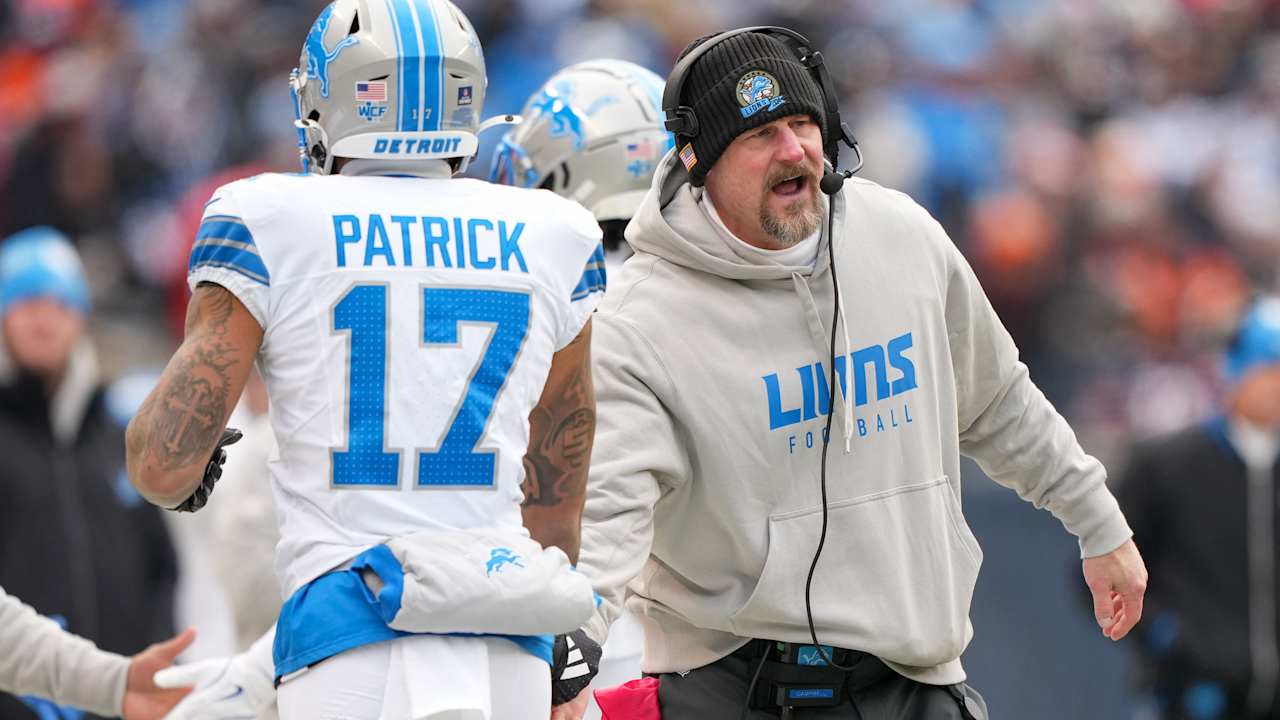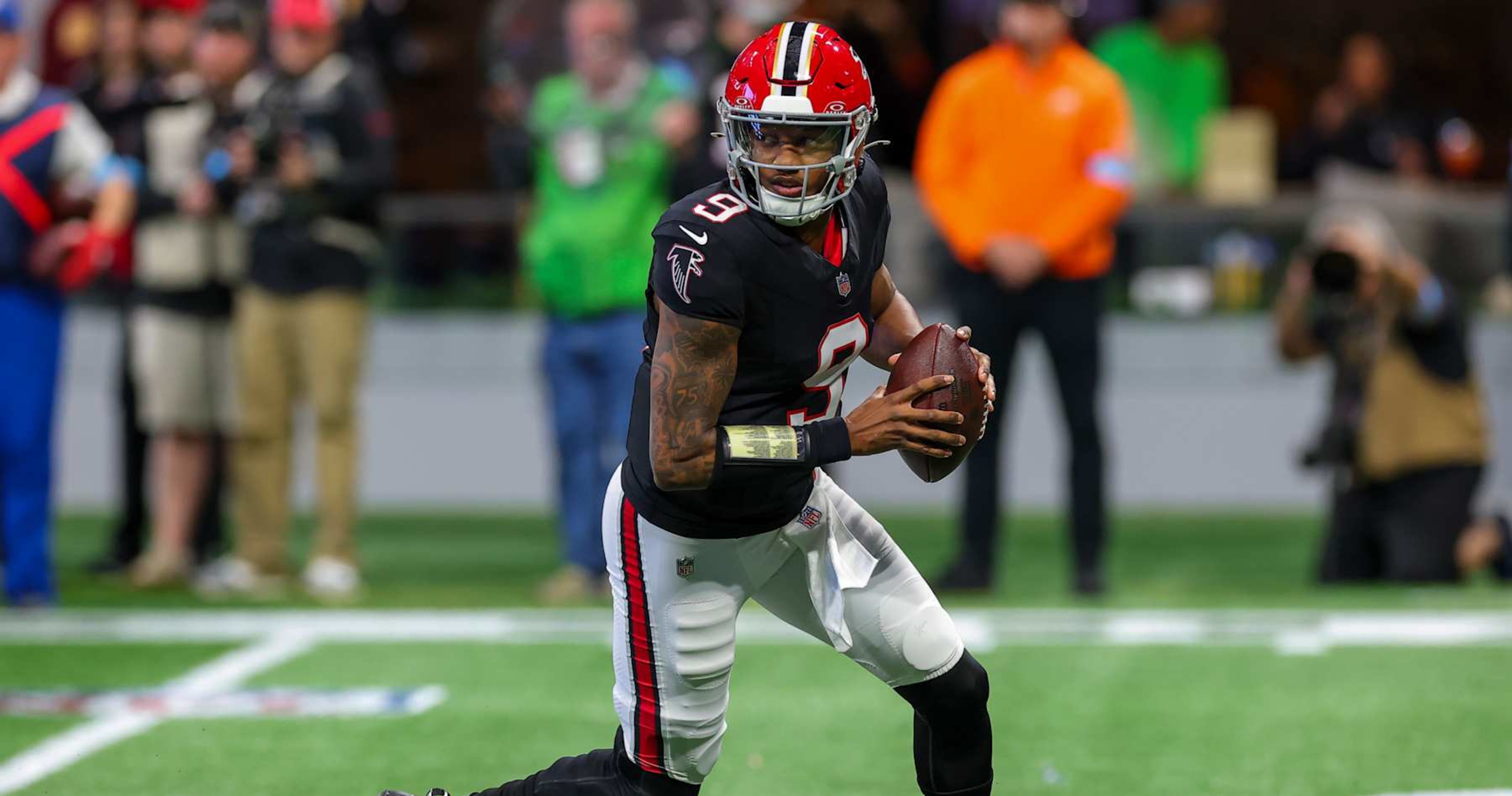Basketball
Leon Rose, Brock Aller, and the Quest to Retain Isaiah Hartenstein

You’d be hard-pressed to find a team that’s taken care of more business over the last few days than the New York Knicks.
After swinging the summer’s biggest blockbuster so far, completing the first Knicks-Nets swap since 1983 in acquiring Mikal Bridges, the Knicks quelled the fanbase’s biggest worries by extending OG Anunoby to a five-year, $212 million pact.
Just hours later, Leon Rose swung a pair of trades to net six additional second-round draft picks, while taking 18-year-old Pačome Dadiet at 25th overall.
For the most part, the Knicks have achieved their goal for the offseason: completing a clear, tangible upgrade to their already stout roster so they stack up better with the Boston Celtics while also retaining the midseason acquisition that transformed them overnight.
That said, one piece remains for the Knicks’ offseason plans, and that piece is a 7’1” big man from Germany.
Isaiah Hartenstein’s chances of staying in the orange and blue are almost non-existent if the details of the trade described by Woj are identical when the trade is announced at the start of the new league year. The Knicks will be hard-capped at the first apron. With the news that they can’t aggregate the salaries of the benchwarmers, their only option there might be a sign-and-trade with Precious Achiuwa or Alec Burks. However, the front office has been almost magician-like in the way they operate in the financial details of their moves, and the minutiae of these moves will tell us more.
Brock Aller’s Salary Cap Wizardry
Aller’s official title is Knicks Vice President of Basketball and Strategic Planning. What he’s developed a reputation for, however, is being behind the complicated cap situations for the Knicks.
The biggest tool in his role has been lowering the perceived value of several contracts via unlikely incentive bonuses. That’s how Julius Randle’s 4-year, $117 million contract extension after the 2020-21 season turned into $106 million, how RJ Barrett’s $120 million extension turned into $107 million, how Isaiah Hartenstein’s 2/18 turned into a 2/16, and how Donte DiVincenzo’s $50 million deal turned into $46.8 million.
These incentives are unlikely if the player did not achieve them in the previous season, likely if they did. It can be a fluid situation. What Aller did was stock these contracts with unlikely incentives to lower the present-day value of the deal, while giving the players an opportunity to make the face value of the deal. For example:
- Julius Randle’s incentives were $1.19 million for two separate things, making the All-Star team and playing in 65+ games with a postseason berth. Because neither was achieved in 2021-22, Randle entered his contract with both as unlikely incentives. After he achieved both in 22-23, the value of his contract increased in the following years. After he missed 35 games in 23-24 due to his shoulder injury, he lost $1.19 million in salary for this season
- RJ Barrett’s incentives were escalating and dependent on him making an All-Star, All-NBA, or All-Defensive team. Because he hit none of them, his contract value was depressed by $3 million a year. If he makes the all-star team this year, he’ll make over $30 million a year after the incentives switch in 25-26 and 26-27.
- Isaiah Hartenstein had bonuses for $1.05m per year if the Knicks won 40+ games and made the playoffs. He achieved both and cashed an extra $2.1M onto his 2/16 base contract.
- Donte’s are very funny. They are intentionally extremely unlikely. They are $750,000 per year but they require DiVincenzo to win MVP, make All-NBA, make the All-Star Game, make All-Defense, or make the NBA Finals. I think if any of that happens, the Knicks will gladly fork over extra money to the Big Ragu.
So why do I tell you this? You know who’s someone who could benefit from unlikely incentives in their contract? One Ogugua Anunoby.
He’s an All-Defense caliber player, adding incentives for that (which requires him to play 65+ games) makes all the sense in the world. This could lower the true value of the deal and have OG try to earn the $212 million in full. However, I’m not sure if this would allow them more space for Hartenstein under the hard cap, as any incentive would need to be accounted for should they hit it.
Draft Day Dealin’
The Knicks’ two draft picks had a combined draft hold of $5.5 million. How do you save money for Hartenstein? Trade them, of course!
By dealing the 24th (and later 26th pick), the Knicks saved $2.8m by trading out of those places. They could save the whole $5.5m if they stash Dadiet. Dadiet’s actual salary will come into play, as his current cap hold is the max he can make at $2.72m. If he signs for less, more money for Leon.
The Knicks could fill out their roster cheaper to save even more money by signing their second-rounders. After a very, very eventful night which saw the Knicks wheel and deal all over the second round, the Knicks picked three guys on the second day of the 48-hour event.
Tyler Kolek is a lock to be signed, but Ariel Hukporti could be Euro-stashed. I think Kevin McCullar gets signed but you see late seconds get two-way’d sometimes. If the Knicks sign all three, it’s a way to fill roster spots in the cheapest way possible.
Another wrench can be Rokas Jokubaitis, who is rumored to be coming over. Not only can he compete for playing time, but he would also sign for the second-round exception. That said, the reason why he hasn’t come over before was the lack of a path to playing time. After Kolek got drafted, would he even have a chance?
How It Shakes Out
The Knicks currently sit, assuming the value of OG’s deal is $36.6m in Year 1, at $172m in active salary. That figure includes Sims and Jeffries, whose team options the Knicks would pick up ahead of the 2025 season. That is just $6.6m under the first apron’s hard cap with 12 roster spots, including Dadiet but none of the second-round picks. That’s not nearly enough for Hartenstein. They would need to make a move or figure out a way to get to the second apron hard cap when the Bridges trade is finalized.
If Hartenstein doesn’t re-sign, hypothetically, the rest of the money can be used as an MLE/BAE if the Knicks desire. This can be used towards a backup option target, such as Goga Bitadze or Andre Drummond.
If we say the Knicks have two rostered 2nds, it would give them around $4.3m to sign a 15th player if Hartenstein walks. They could also just go with 14, something they’ve done a lot.
The Knicks are going to explore all avenues in the coming days to get Isaiah Hartenstein back. However, even if they can open up the space needed, the decision still lays with Isaiah.










